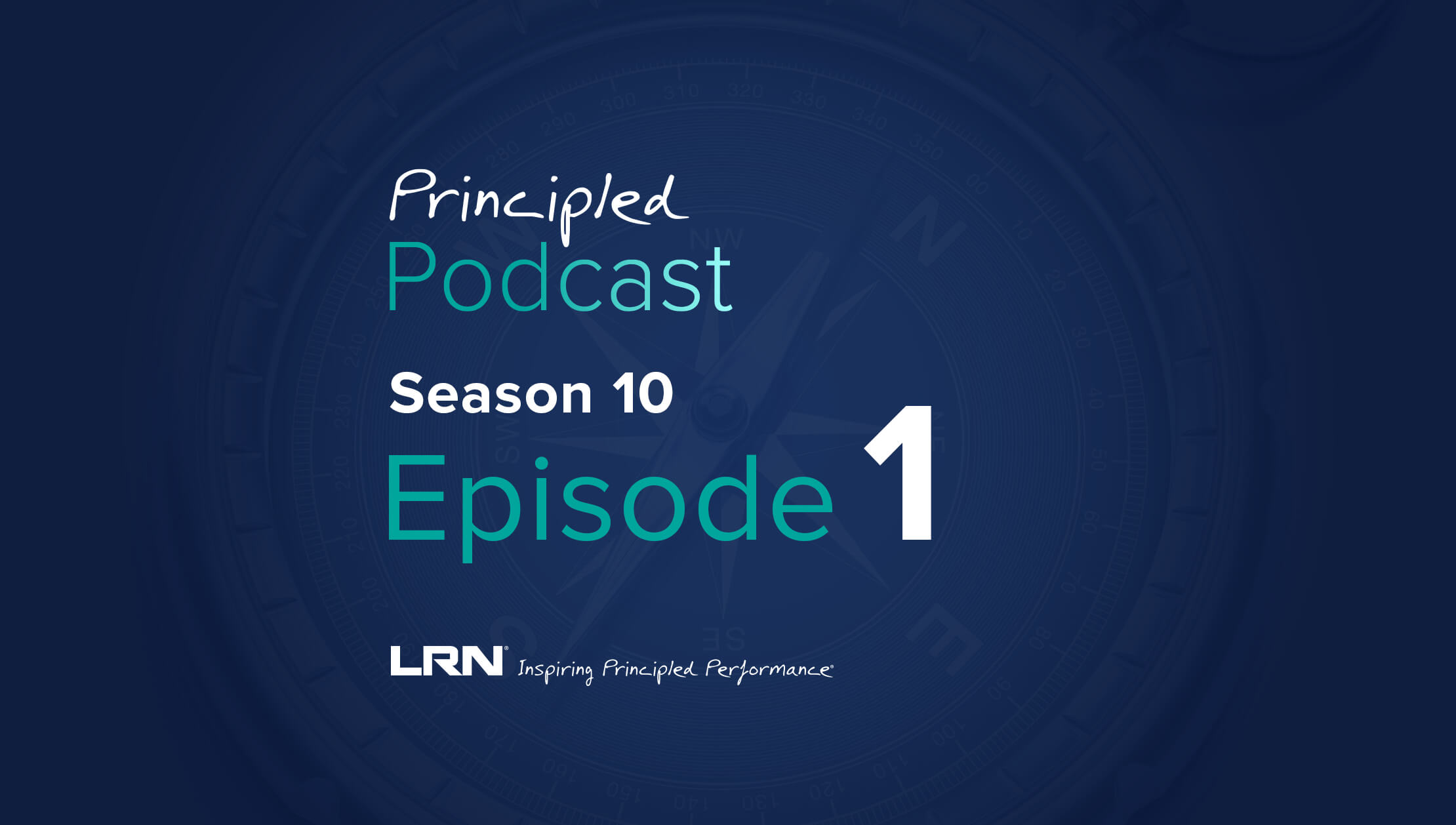The culture of an organization is how things really work. The culture shows what’s really happening on the ground, how decisions really get made, even the types of emails that are composed and sent.
The thing about culture is the employees know it by working for the company, seeing who gets promoted, noting who gets recognized, and who doesn’t. This is the real culture, not the list of values hanging on the office wall, nor the lofty attributes listed in the code of conduct.
LRN’s Jim Walton led a discussion last week at the ECI Best Practices Forum that looked at how to drive ethical culture through the ethics and compliance team’s use of the performance management system.
It matters because regulators are now turning their focus to how an E&C program works in practice, and less about whether it has all the elements of a strong program. That means ensuring your program is properly designed for the businesses in the organization, that is aligned to the size of the businesses, their geographies, the types of regulations they face, said Walton.
“The most important thing is, is it actually working in practice? This is where the tie into performance is,” he said. “All these things we are doing, is it really making a difference? Is it really changing people’s behaviors on the ground, in how they behave and operate on a day-to-day basis?”
What levers does E&C have to achieve culture change, and how well does E&C with the other business units such as human resources, finance, internal audit, and communications to make sure the company’s purpose and mission are properly framed and being shared throughout the organization.
Is the company’s purpose inspiring? Is it based on working to make the world a better place, to enrich people’s lives? “Because that’s what people get excited about, and they know when it’s authentic or not, so it has to be authentic,” said Walton.
Another place to look is at the company’s values, as this is where measuring performance comes into play. This is where the code of conduct comes into play, said Walton, as it takes the purpose and the values and makes them real. That means asking, what does it really mean in specific terms, in behavioral terms, for how we live out these values when we are dealing with colleagues, talking to customers, interfacing with people in the wider community.
A third lever is policies, procedures, and internal controls, making sure people are doing the right things in terms of the financial and accounting and reporting systems; travel and expense reporting; communications training and awareness.
“We’ve got to make sure people understand what is expected of them, what they’re required to do, making sure they understand how these values are translated into their daily work,” said Walton.
While a lot of companies are pretty good about the stick, about investigations and discipline, and what happens when someone doesn’t comply, they need to focus as much on rewarding and recognizing people for the good work they do. “Are there incentives out there and what are those incentives really driving them to do?” asked Walton.
Finally, it’s key to find the right balance between simplicity and specificity. Don’t complicate the system more than it needs to be. Make sure at the top of the company that the business objectives are in line with the organization’s ethics and values. “If there’s a disconnect at the very high strategic level, then there’s going to be disconnects when you start to measure people down the road,” he said.
In the end, it comes down to what is really important to the organization.
“Are we willing to say, ‘Listen, even if it means losing a business opportunity, are we willing to walk away from a particular venture or business partner, if it will compromise our ethics or our values?’ We may take a short-term financial hit, but over the long term it will be more sustainable for our company,” said Walton.
“If you don’t have that at the top, then it’s almost meaningless to implement that within your performance management system.”
BEN DIPIETRO
@BENDIPIETRO1
BEN.DIPIETRO@LRN.COM



